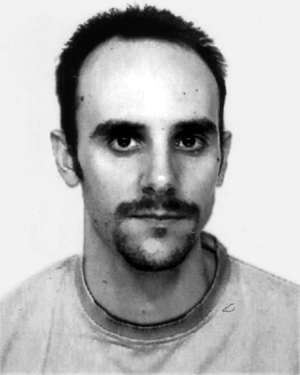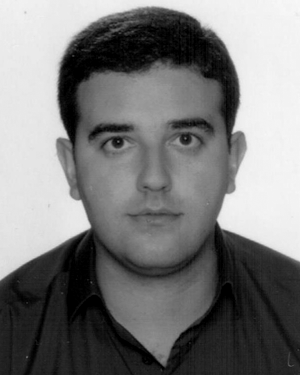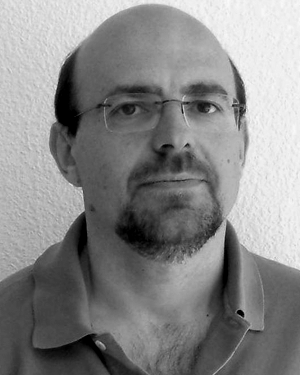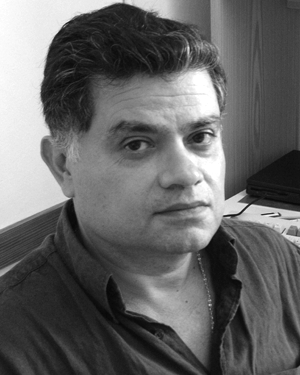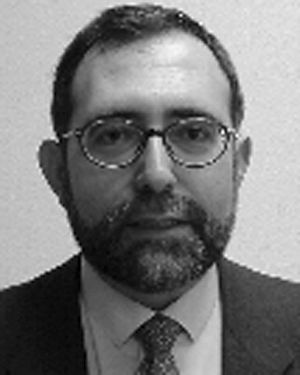José I. Alonso (M'04) received the Telecommunications Engineer and Ph.D. degrees from the Polytechnic University of Madrid (UPM), Madrid, Spain, in 1982 and 1989, respectively.
From 1982 to 1985, he was a Microwave Design Engineer with Telettra España S.A. Since 1985, he has been with the Grupo de Microondas y Radar, Departamento de Señales, Sistemas y Radiocomunicaciones, UPM, where he is currently a Full Professor. He has developed his research in the areas of analysis and simulation of high-speed/high-frequency integrated circuits and their interconnections, the computer-aided design and measurements of hybrid and GaAs monolithic microwave integrated circuits, and their applications in the development and implementation of mobile, optical-fiber, and communication systems. Likewise, he has worked in the development and planning of broadband point-multipoint radio systems in millimeter frequencies and wireless systems.
Prof. Alonso is currently a Collaborator of the National Board of Research of Science and Innovation Ministry and Chairman of IEEE Spanish Chapter of MTT/AP Societies. He has also been a member of expert panel of Information Society Technologies in the elaboration of the Spanish Research National Program 2008–2011.
José I. Alonso (M'04) received the Telecommunications Engineer and Ph.D. degrees from the Polytechnic University of Madrid (UPM), Madrid, Spain, in 1982 and 1989, respectively.
From 1982 to 1985, he was a Microwave Design Engineer with Telettra España S.A. Since 1985, he has been with the Grupo de Microondas y Radar, Departamento de Señales, Sistemas y Radiocomunicaciones, UPM, where he is currently a Full Professor. He has developed his research in the areas of analysis and simulation of high-speed/high-frequency integrated circuits and their interconnections, the computer-aided design and measurements of hybrid and GaAs monolithic microwave integrated circuits, and their applications in the development and implementation of mobile, optical-fiber, and communication systems. Likewise, he has worked in the development and planning of broadband point-multipoint radio systems in millimeter frequencies and wireless systems.
Prof. Alonso is currently a Collaborator of the National Board of Research of Science and Innovation Ministry and Chairman of IEEE Spanish Chapter of MTT/AP Societies. He has also been a member of expert panel of Information Society Technologies in the elaboration of the Spanish Research National Program 2008–2011.View more 

